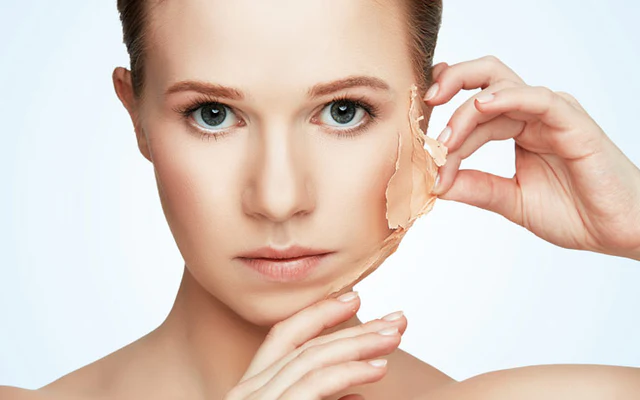
Skin Peeling
Skin Peeling:
Skin peeling is one of the most important procedures used in skincare to achieve a bright and vibrant complexion. It involves removing the outer layers of the skin, allowing the deeper layers to renew the surface layers.
What is the procedure for skin peeling:
During skin peeling, the surgeon scrapes the skin after applying a numbing spray to the face. Then, a special brush is used to remove all dead skin and calloused layers from the face, revealing the healthy skin underneath. The new skin is usually smoother and more radiant. The results typically last for a long time, and for better results, the doctor may combine multiple techniques such as chemical peels and other medical treatments.
Candidates for skin peeling:
Both men and women who suffer from pigmentation problems, discoloration, surface burns and scars, wrinkles, and sunspots are eligible for skin peeling.
How to prepare for the procedure:
There are not many risks associated with this procedure, as it is generally safe. Consult a dermatologist and discuss your condition, skin type, expected benefits, and results. After the doctor determines the procedure, they may ask you to stop using blood thinners like aspirin, avoid sun exposure, and discontinue some skincare products. Avoid waxing before treatment, and thoroughly cleanse your face and neck with a non-oily and non-soap cleanser before the procedure.
Inform the doctor about any previous procedures you have undergone, as well as medications and creams you use, such as exfoliating creams (such as retinoids).
